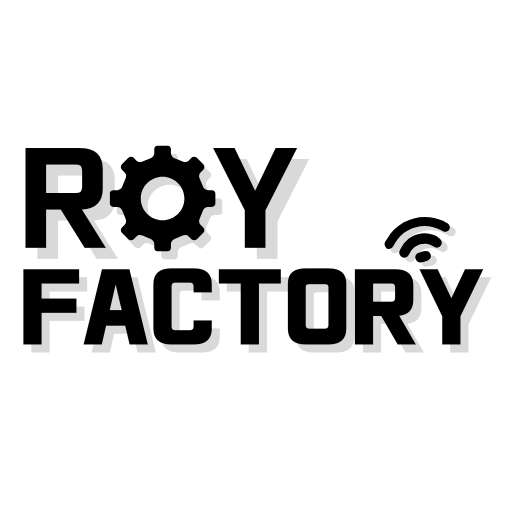What is AutoML? Learn Automated Machine Learning with Python
What is AutoML? Learn Automated Machine Learning with Python
AutoML (Automated Machine Learning) refers to technologies that automate the entire machine learning pipeline, including data preprocessing, model selection, hyperparameter tuning, and evaluation. With AutoML, even beginners can build accurate ML models without deep technical expertise.
Why AutoML?
Imagine you’re running a coffee shop and want to predict which customers are likely to order an Americano.
Building a machine learning model from scratch would require:
- Cleaning the data
- Choosing the best algorithm
- Tuning hyperparameters
- Evaluating model performance
- Deploying the final model
This is complex and time-consuming—unless you use AutoML.
What AutoML Automates
AutoML systems typically automate:
- Data Preprocessing – Missing values, encoding, normalization
- Feature Engineering – Selecting or generating relevant features
- Model Selection – Trying out multiple algorithms
- Hyperparameter Tuning – Grid search, random search, or Bayesian optimization
- Evaluation – Automatically comparing models using metrics
- Pipeline Creation – Final ready-to-deploy model code
Popular AutoML Frameworks
| Framework | Description |
|---|---|
| Google AutoML | Cloud-based, user-friendly, supports image/NLP |
| H2O AutoML | Open-source, powerful AutoML suite |
| Auto-sklearn | Based on scikit-learn, supports ensemble models |
| TPOT | Uses genetic programming to build pipelines |
| MLJAR | No-code and code-based workflows, visual reports |
Python Example: AutoML with H2O
Here’s a practical example using H2O AutoML to predict Titanic survivors.
Installation
pip install h2o
Code Example
import h2o
from h2o.automl import H2OAutoML
import pandas as pd
# Initialize H2O server
h2o.init()
# Load dataset
url = "https://raw.githubusercontent.com/datasciencedojo/datasets/master/titanic.csv"
df = pd.read_csv(url)
h2o_df = h2o.H2OFrame(df)
# Preprocess
h2o_df['Survived'] = h2o_df['Survived'].asfactor()
h2o_df['Sex'] = h2o_df['Sex'].asfactor()
h2o_df['Embarked'] = h2o_df['Embarked'].asfactor()
# Define target and features
x = ['Pclass', 'Sex', 'Age', 'SibSp', 'Parch', 'Fare', 'Embarked']
y = 'Survived'
# Split into training and testing
train, test = h2o_df.split_frame(ratios=[0.8], seed=1)
# Run AutoML
aml = H2OAutoML(max_models=10, max_runtime_secs=60, seed=1)
aml.train(x=x, y=y, training_frame=train)
# Leaderboard
lb = aml.leaderboard
print(lb.head(rows=5))
# Predictions
preds = aml.leader.predict(test)
print(preds.head())
Real-World Use Cases
- Customer Churn Prediction Automatically detect users likely to unsubscribe.
- Credit Scoring Train models to assess creditworthiness.
- Medical Diagnosis Classify conditions based on patient data.
- Product Recommendation Predict what users will buy next.
Benefits of AutoML
- Easy to use: Ideal for non-experts
- Fast experimentation: Saves time by automating repetitive tasks
- High performance: Finds optimal model combinations
Limitations of AutoML
- Black-box nature: Less interpretability
- Limited flexibility: Hard to customize pipeline internals
- Resource-intensive: AutoML tuning can be computationally expensive
Summary
AutoML makes machine learning more accessible, scalable, and faster. Whether you’re a data scientist looking to speed up experiments or a beginner getting started, AutoML helps you focus on solving problems—not just building models.
Ready to try it? Start with tools like H2O, Auto-sklearn, or TPOT today.
